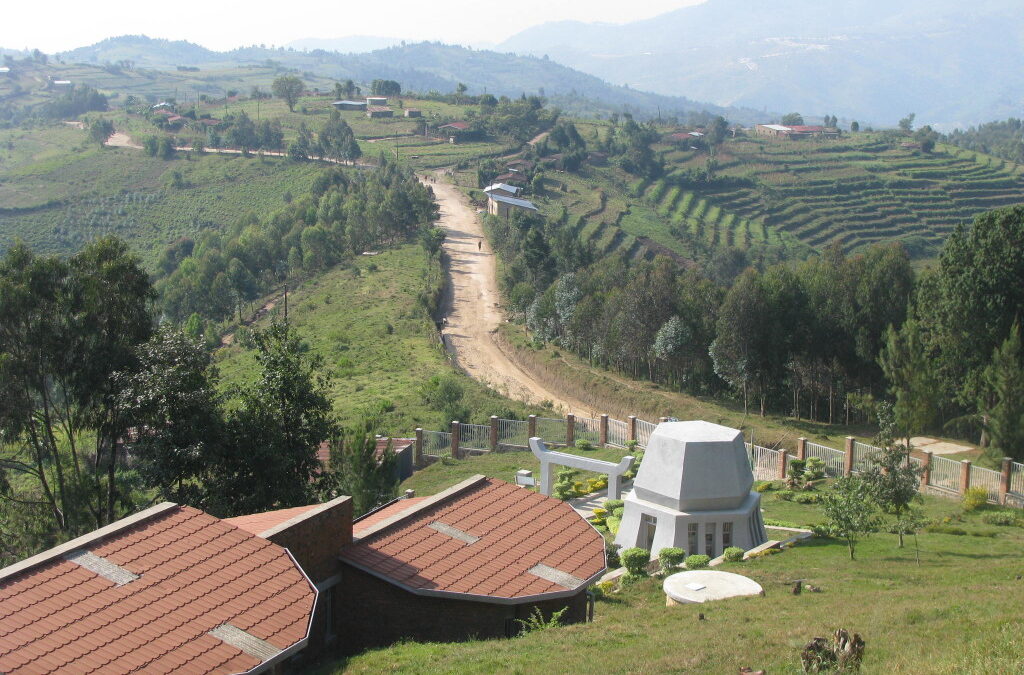Bisesero Genocide Memorial Center

Gorilla Tracking in Bwindi Impenetrable National Park
August 30, 2023
Gorilla Tours and Safaris in Uganda and Rwanda
August 30, 2023Bisesero Genocide Memorial Center: A Gaze into Darkness and Resilience
Perched atop the commanding heights of Bisesero hill, the Bisesero Genocide Memorial Center offers a haunting vista that stretches over the serene expanse of Lake Kivu and the undulating hills that stretch into the distance. It stands not merely as a physical structure but as a somber testament to one of the darkest and most harrowing chapters etched into human history. The Rwandan genocide, a cataclysmic event that began its ruthless course in April 1994, unfolded with a brutal force that claimed the lives of countless innocent souls. Among the landscapes scarred by this unprecedented brutality, the area surrounding Bisesero bore witness to the devastating loss of 40,000 lives, forever etching its name into the annals of unspeakable tragedy.
Defiance in Desperation: Voices of Bisesero
Yet, what sets the narrative of the Bisesero Genocide Memorial Center apart is the unique story it holds. Unlike many other locations where the horrors of genocide unfolded, the people of Bisesero did not succumb to the impending darkness without resistance. Astonishingly, in the face of overwhelming odds and imminent peril, these individuals mustered a courageous defense against the tide of violence sweeping across their land. Their plea for aid extended to French peacekeeping forces, who found themselves torn between the cries of the desperate and the limitations of their mandate. Regrettably, these appeals were left unanswered, and the carnage proceeded unabated. The cries of 40,000 Rwandans, forever silenced, echoed through the hills of Bisesero.
Honoring the Past: A Network of Remembrance
In a constellation of six hallowed grounds, the Bisesero Genocide Memorial Center assumes a place of profound significance. This constellation, comprising the Kigali Memorial Center, the Murambi Memorial Center, the Ntarama Genocide Memorial Center, and sites in Nyamata and Nyarubuye, stands as a collective endeavor to remember and honor the victims of the Rwandan genocide. Each center bears the weight of its own stories of loss and resilience, a mosaic of human endurance in the face of unthinkable horror.
A Journey Through Contrasts and Remembrance
As one journeys to the Bisesero Genocide Memorial Center, the road winds through picturesque villages, where the buoyant waves of local inhabitants contrast starkly with the harrowing history that clings to these hills. The expedition, often marked by a smooth ride, occasionally introduces an element of rugged terrain, a metaphorical reminder of the tumultuous path that has led to this poignant site of remembrance. As visitors approach the center, they are invited to partake in an experience that blends remembrance with education. Through the poignant artifacts and exhibits housed within the unassuming structures, the echoes of fractured skulls and skeletal remains bear silent testimony to the magnitude of the horrors that transpired in this very land.
Eternal Tribute: Upholding the Spirit of Defiance
Crowning the summit of Bisesero hill is a memorial of profound significance, flanked by four gravesites that stand as solemn monuments to those who took their last stand against the relentless onslaught of Hutu militia. In the face of adversity, these individuals clung to their humanity, defying their oppressors with a spirit of resistance that transcends time. Organized by Trek Africa Expeditions, a journey to this unadorned yet profoundly powerful landmark serves as an embodiment of our shared humanity. It bespeaks a collective recognition of humanity’s capacity not only to build and uplift but also to annihilate and destroy all that we hold dear.
A Legacy of Resistance: The Hill of Bisesero
In the shadow of this solemn place, it becomes evident that the Bisesero Genocide Memorial Center not only commemorates the past but also issues a poignant call for reflection and action. It beckons us to acknowledge the fragile nature of our shared human experience, urging us to work tirelessly to ensure that the horrors of history do not repeat themselves. As the wind rustles through the grasses that blanket the hill of Bisesero and the sunlight dances upon the waters of Lake Kivu, the voices of the fallen echo softly, imploring us to be vigilant stewards of our humanity.

